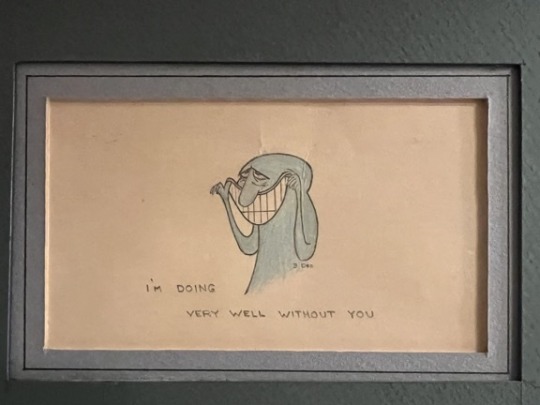acryptidbehindadennys
731 posts
this started off as a cryptid blog and now it's just a blog of "I would totally research the hell out of this if I would just remember when I actually have time". and cryptids. and whatever.
Last active 3 hours ago
Don't wanna be here? Send us removal request.
Text
O sapo-de-chifres ou sapo-folha (Proceratophrys boiei) é uma espécie de anfíbio da família Odontophrynidae. Essa espécie é endêmica do Brasil e é encontrada em várias regiões do país. Sua distribuição inclui principalmente áreas de Mata Atlântica, que é um bioma caracterizado por florestas tropicais úmidas e diversidade biológica excepcional
7K notes
·
View notes
Text
I love hotel breakfasts. You have shambling zombies who've managed to scrape together half a braincell, the morning people who've already done their yoga, and the most elegantly put together women you've ever seen, all staring with the same vague confusion at the unholy selection of food on offer.
21K notes
·
View notes
Text
The earliest surviving example of man-to-wolf transformation is found in The Epic of Gilgamesh from around 2,100 BC. However, the werewolf as we now know it first appeared in ancient Greece and Rome, in ethnographic, poetic and philosophical texts.
42 notes
·
View notes
Photo




Teaser ads from the House on Haunted Hill (1959) Pressbook.
1K notes
·
View notes
Text
NATIVE CARBON DIOXIDE FOUND ON JUPITER’S MOON EUROPA

115K notes
·
View notes
Photo

Wellesley College, 1949
Nina Leen, Life | via LIFE Photo Archive
138 notes
·
View notes
Text
Thousands of premature infants were saved from certain death by being part of a Coney Island entertainment sideshow.
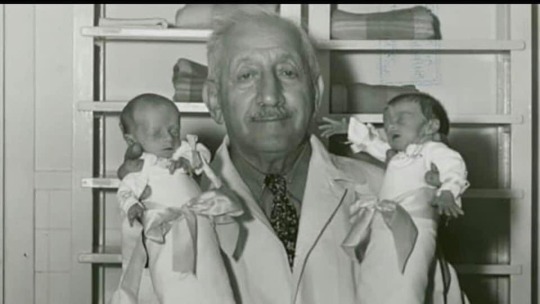
At the time premature babies were considered genetically inferior, and were simply left to fend for themselves and ultimately die.
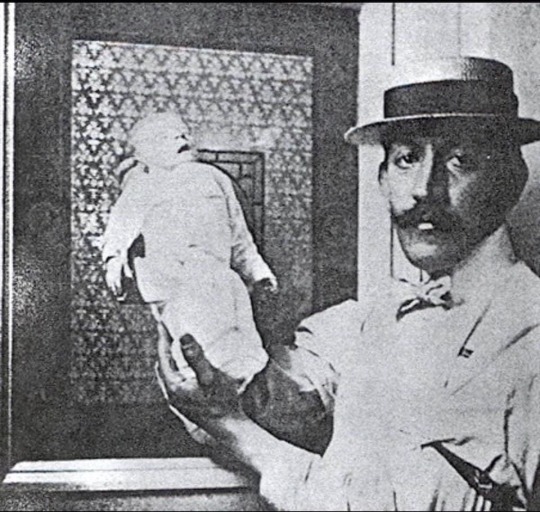
Dr Martin Couney offered desperate parents a pioneering solution that was as expensive as it was experimental - and came up with a very unusual way of covering the costs.
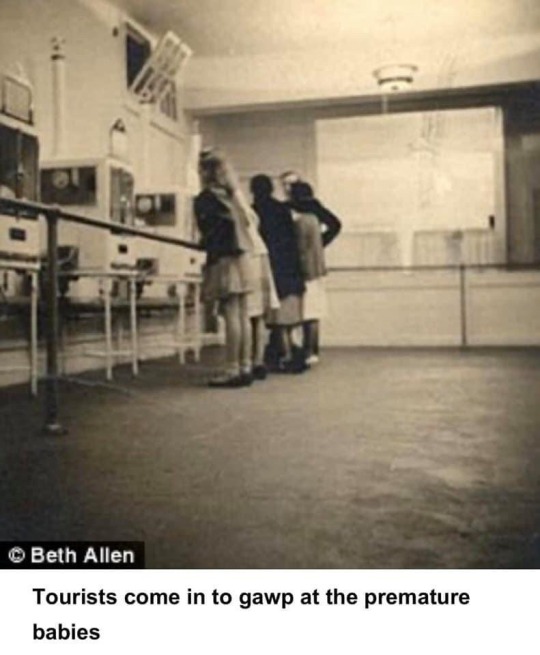
It was Coney Island in the early 1900’s. Beyond the Four-Legged Woman, the sword swallowers, and “Lionel the Lion-Faced Man,” was an entirely different exhibit: rows of tiny, premature human babies living in glass incubators.
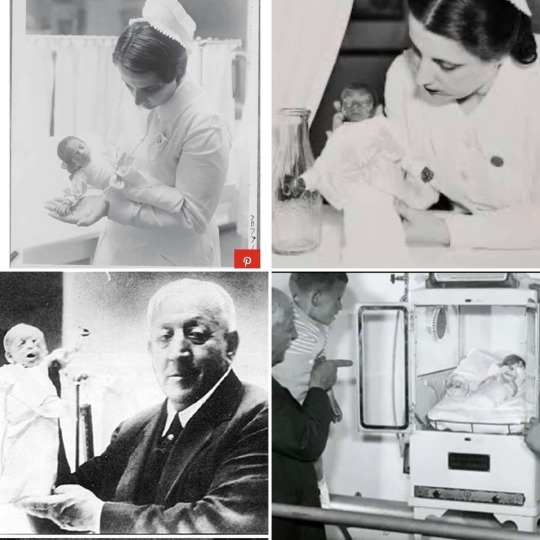
The brainchild of this exhibit was Dr. Martin Couney, an enigmatic figure in the history of medicine. Couney created and ran incubator-baby exhibits on the island from 1903 to the early 1940s.
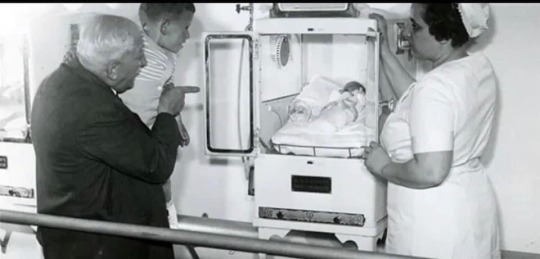
Behind the gaudy facade, premature babies were fighting for their lives, attended by a team of medical professionals.To see them, punters paid 25 cents.The public funding paid for the expensive care, which cost about $15 a day in 1903 (the equivalent of $405 today) per incubator.

Couney was in the lifesaving business, and he took it seriously. The exhibit was immaculate. When new children arrived, dropped off by panicked parents who knew Couney could help them where hospitals could not, they were immediately bathed, rubbed with alcohol and swaddled tight, then “placed in an incubator kept at 96 or so degrees, depending on the patient. Every two hours, those who could suckle were carried upstairs on a tiny elevator and fed by breast by wet nurses who lived in the building. The rest [were fed by] a funneled spoon. The smallest baby Couney handled is reported to have weighed a pound and a half.

His nurses all wore starched white uniforms and the facility was always spotlessly clean.
An early advocate of breast feeding, if he caught his wet nurses smoking or drinking they were sacked on the spot. He even employed a cook to make healthy meals for them.
The incubators themselves were a medical miracle, 40 years ahead of what was being developed in America at that time.
Each incubator was made of steel and glass and stood on legs, about 5ft tall. A water boiler on the outside supplied hot water to a pipe running underneath a bed of mesh, upon which the baby slept.
Race, economic class, and social status were never factors in his decision to treat and Couney never charged the parents for the babies care.The names were always kept anonymous, and in later years the doctor would stage reunions of his “graduates.
According to historian Jeffrey Baker, Couney’s exhibits “offered a standard of technological care not matched in any hospital of the time.”
Throughout his decades of saving babies, Couney understood there were better options. He tried to sell, or even donate, his incubators to hospitals, but they didn’t want them. He even offered all his incubators to the city of New York in 1940, but was turned down.
In a career spanning nearly half a century he claimed to have saved nearly 6,500 babies with a success rate of 85 per cent, according to the Coney Island History
In 1943, Cornell New York Hospital opened the city’s first dedicated premature infant station. As more hospitals began to adopt incubators and his techniques, Couney closed the show at Coney Island. He said his work was done.
Today, one in 10 babies born in the United States is premature, but their chance of survival is vastly improved—thanks to Couney and the carnival babies.
https://nypost.com/2018/07/23/how-fake-docs-carnival-sideshow-brought-baby-incubators-to-main-stage/
Book: The strange case of Dr. Couney
New York Post Photograph: Beth Allen
Original FB post by Liz Watkins Barton
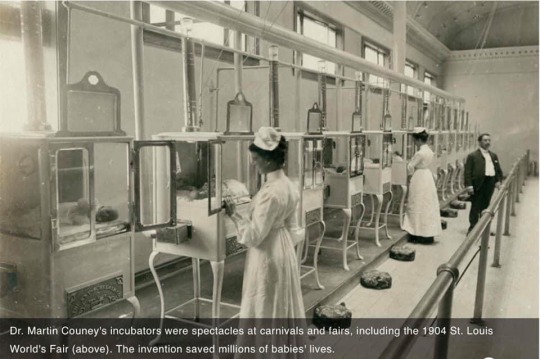
101K notes
·
View notes
Text
someone: hey what do you think of (paranormal topic)
me, wise in the ways of the unexplained: well its either real or its fake
117K notes
·
View notes
Text

finished cave painting wall hanging :) they have real manes and tail tufts using embroidery thread!
2K notes
·
View notes






